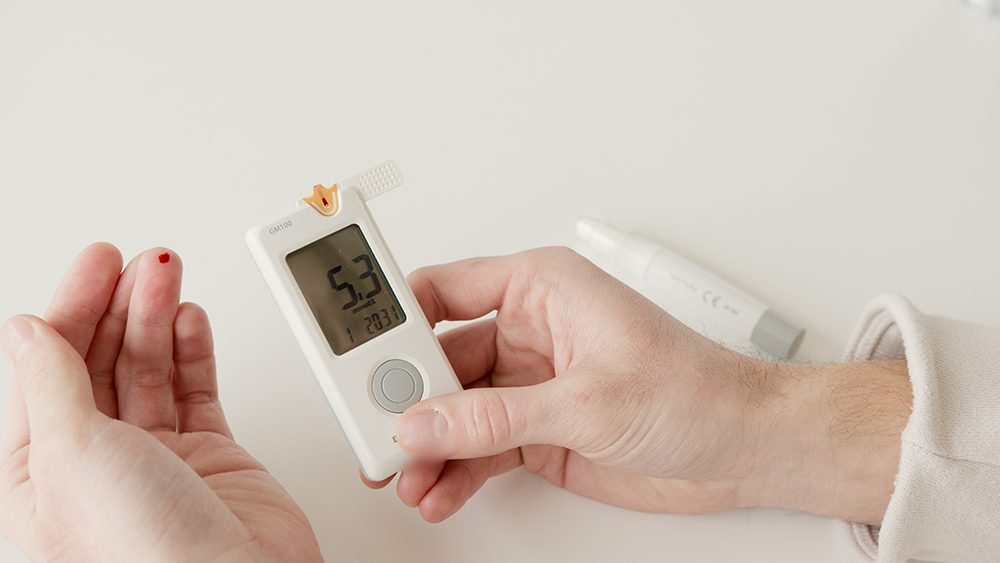There is a strong link between obesity and pregnancy complications which can lead to long term health concerns for both the mother and the baby. Women who are overweight and looking to become pregnant may be at risk of pregnancy and delivery complications. These complications come when a mother is considered overweight before becoming pregnant. If your pre-pregnancy BMI falls between 25 to 30, you are considered overweight, and if your BMI is greater than 30, you are considered obese.
Nearly 75% of women in their child-bearing years are considered overweight, with 40% categorized as being obese. Not only will becoming pregnant be more difficult if you are carrying around excess weight but there is an increased risk of carrying the baby at a higher weight and BMI.
 How Obesity Impacts Fertility
How Obesity Impacts Fertility
Obesity is linked to infertility in women. According to the American Society of Reproductive Medicine (ASRM), nearly 6% of women who reported difficulties getting pregnant were considered obese based on the BMI criteria.
When an individual is obese, the female body will react differently to the sex hormones by converting androstenedione (a male hormone, which all women have a small amount of) into estrone (the female hormone). Higher amounts of estrone in the body affect the metabolism and part of the brain that regulates reproductive function.
Similarly, overweight women are also more likely to develop polycystic ovarian syndrome (PCOS). PCOS is an endocrine condition in which the female reproductive hormones are off-balance, resulting in infertility in women of child-bearing age. Women with PCOS are not ovulating and releasing an egg to be fertilized by the sperm, thus resulting in infertility.
Obesity can also lead to irregular periods, making it harder to track the ovulation cycle. If you seek fertility treatments, your weight could also hinder the success of these treatments, such as in-vitro fertilization (IVF). Studies have found that women at a higher weight have a lower rate of getting pregnant through IVF and other infertility treatments.
Pregnancy Complications as a Result of Obesity
If you are able to successfully become pregnant, the stress and worry do not end there. Like all pregnancies, greater precautions and a closer look at your health needs to occur. However, being overweight or obese may result in your gynecologist and primary care physician keeping an extra close eye on your health during the duration of your pregnancy. Complications that could occur during pregnancy if you are overweight or obese prior to becoming pregnant include:
1. Preeclampsia
Preeclampsia is a medical condition that affects up to 8% of women and is characterized by high blood pressure and higher than normal protein levels in the urine (proteinuria). Preeclampsia usually occurs after the 20th-week of pregnancy and can become extremely worrisome for both the mother and baby.
2. Complications from High Blood Pressure
When you carry around excess weight, your heart will have to work harder to pump blood throughout the body, putting strains on the arteries. This can result in your arteries resisting the flow of blood, causing blood pressure to increase. This is exacerbated once a woman becomes pregnant. Studies show that women with high blood pressure during pregnancy may increase their child’s risk of developing childhood obesity.
3. Gestational Diabetes
Gestational diabetes develops once a woman becomes pregnant. Although some cases of gestational diabetes will go away after delivery, most obese mothers will be at a higher risk of gestational diabetes turning into type 2 diabetes after the baby is born.
4. Miscarriage
Miscarriage occurs when a woman loses the baby before 20 weeks. The rate of miscarriages increases in women who are considered obese due to the health complications the mother may develop (or already have) during pregnancy.
Other complications that may arise during pregnancy include:
- Infections, like a urinary tract infection (UTI)
- Obstructive sleep apnea
- Blood clotting
- Induced labor
- Problems breastfeeding and producing milk
- Blocked passage of the baby through the pelvis, resulting in a cesarean birth (c-section)
Complications for the baby if you are obese
Along with the complications a mother may experience due to her weight, there are also serious complications that might impact the baby as well. These include:
- Premature birth
- Birth defects that affect the brain, spine, and heart
- Macrosomia, or a baby who weighs more than 8 lbs 13 oz at birth (which is considered large for gestational age)
- Childhood asthma or obesity if you had gestational diabetes or high blood pressure while pregnant
How to Seek Treatment for Pregnancy Complications
If you are currently pregnant or looking to become pregnant and considered overweight or obese, we recommend you consult with your gynecologist. Be sure to get early and frequent prenatal care to ensure you and the baby are as healthy as can be.
The best form of treatment to increase your risk of becoming pregnant and minimize your risk during pregnancy is to lose weight. We recommend looking into lifestyle changes that could help you live a healthier life. In fact, bariatric surgery is a very beneficial method in helping patients at a higher BMI lose weight and keep it off long term. Bariatric surgery is also an excellent treatment option for fertility; however, we recommend you wait at least 18 months post-op to become pregnant.
Researchers have found that “bariatric surgery was associated with a lower risk for adverse outcomes, including gestational diabetes, preeclampsia, cesarean delivery, macrosomia, and neonatal intensive care unit admission.” – HealthDay News





























